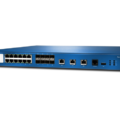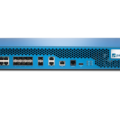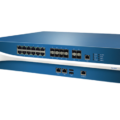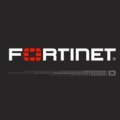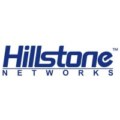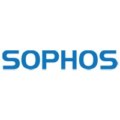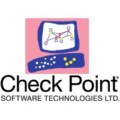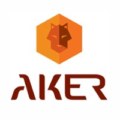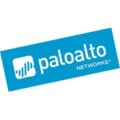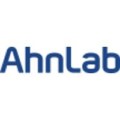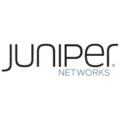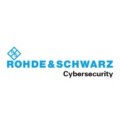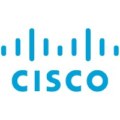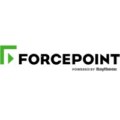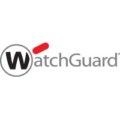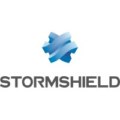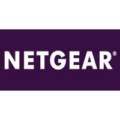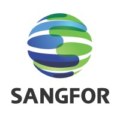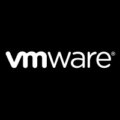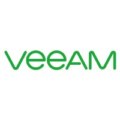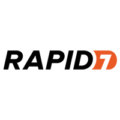PaloAlto PA-7050
PaloAlto PA-7050
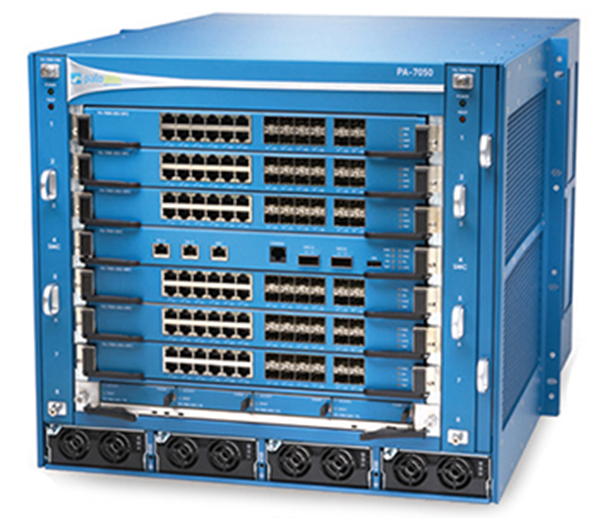
The PA-7050 protects datacenters and high-speed networks with firewall throughput of up to 120 Gbps and, fullthreat prevention at speeds of up to 100 Gbps. To address the computationally intensive nature of full-stack classification and analysis at speeds of 120 Gbps, more than 400 processors are distributed across networking, security, switch managementand logging functions. The result is that the PA-7050 allows you to deploy next-generation security in your datacenters without compromising performance.
Classify all applications, on all port, all the time with App-ID.
- Identify the application, regardless of port, encryption (SSL or SSH) or evasive technique employed.
- Use the application, not the port, as the basis for all safe enablement policy decisions: allow, deny, schedule, inspect, apply traffic shaping.
- Categorize unidentified applications for policy control, threat forensics, custom App-ID creation, or packet capture for App-ID development.
Extend safe application enablement policies to any user, at any location, with User-ID and GlobalProtect.
- Agentless integration with Active Directory, LDAP, eDirectory Citrix and Microsoft Terminal Services.
- Easily integrate firewall policies with NAC, 802.1X wireless, Proxies and NAC solutions.
- Deploy consistent policies to local and remote users running Microsoft Windows, Mac OS X, Linux, Android or iOS platforms.
Protect against all threat—both known and unknown—with Content-ID and Wildfire
- Block a range of known threats including exploits, malware and spyware, across all ports, regardless of common threat evasion tactics employed.
- Limit unauthorized transfer of files and sensitive data, and control non-workrelated web surfing.
- Identify unknown malware, analyze for more than 100 malicious behaviors, automatically create and deliver a signature in the next available update.
Delivering Linear Scalability and Performance
The PA-7050 achieves predictable datacenter level protection and performance by applying more than 400 function-specific processors distributed across the following chassis subsystems:
- Network Processing Card (NPC): Each NPC delivers 20 Gbps of firewall performance using multi-core security optimized processors, along with dedicated high-speed networking and content inspection processors. Up to six NPCs, each with 24 traffic interfaces are supported in the PA-7050.
- Switch Management Card (SMC): The SMC is comprised of three elements that are key to delivering predictable datacenter protection and performance: the First Packet Processor, the 1.2 Tbps switch fabric and the management subsystem.
- First Packet Processor (FPP): The FPP utilizes dedicated processing to apply intelligence to the incoming traffic, directing it to the appropriate processing resource to maximize throughput efficiency.
- High Speed Switch Fabric: The 1.2 Tbps switch fabric means that each NPC has access to approximately 100 Gbps of traffic capacity, ensuring that performance and capacity will scale in a linear manner as NPCs are added to the PA-7050.
- Management Subsystem: Unified point of contact for managing all aspects of the PA-7050.
- Log Processing Card (LPC): The LPC uses multi-core processors and 2TB of RAID 1 storage to offload the logging related activities without impacting the processing required for other management related tasks. The LPC allows you to generate on-system queries and reports from the most recent logs collected or forward them to a syslog server for archiving or additional analysis.
The PA-7050 delivers performance and scalability by intelligently applying all available networking and security processing power to application layer traffic classification and threat protection tasks. Orchestrating this ballet of session management tasks is the First Packet Processor which constantly tracks the shared pool of processing and I/O resources across all of the NPCs. When the FPP determines that additional processing resources are available, traffic is intelligently directed across the high-speed switch fabric to that location, even if it resides on a separate NPC. The FPP is the key to delivering linear scalability to the PA-7050, working in conjunction with each of the network processors on the NPCs to utilize all of the available computing resources as a single, cohesive system. This means that as NPCs are added, no traffic engineering changes are required in order to utilize the added capacity.
The controlling element of the PA-7050 is PAN-OSTM, a securityspecific operating system that natively classifies all traffic, inclusive of applications, threats and content, then ties that traffic to the user, regardless of location or device type. The application, content, and user—the elements that run your business—are then used as the basis of your security policies, resulting in an improved security posture and a reduction in incident response time. All traffic classification, content inspection, policy lookup and execution are performed in a single pass. The single pass software architecture, when combined with the processing power of the PA-7050, ensures that you achieve predictable throughput.
Subscriptions
The following Palo Alto Networks subscriptions unlock certain firewall features or enable the firewall to
leverage a Palo Alto Networks cloud-delivered service (or both). Here you can read more about each service
or feature that requires a subscription to work with the firewall. To enable a subscription, you must first
Activate Subscription Licenses; once active, most subscription services can use Dynamic Content Updates
to provide new and updated functionality to the firewall.
| Subscriptions You Can Use With the Firewall | |
| Threat Prevention | Threat Prevention provides: • Antivirus, anti-spyware (command-and-control), and vulnerability protection. • Built-in external dynamic lists that you can use to secure your network against malicious hosts. • Ability to identify infected hosts that try to connect to malicious domains. • Get Started with Threat Prevention |
| DNS Security | Provides enhanced DNS sinkholing capabilities by querying DNS Security, an extensible cloud-based service capable of generating DNS signatures using advanced predictive analytics and machine learning. This service provides full access to the continuously expanding DNS-based threat intelligence produced by Palo Alto Networks. To set up DNS Security, you must first purchase and install a Threat Prevention license. • Get Started with DNS Security |
| URL Filtering | Provides the ability to not only control web-access, but how users interact with online content based on dynamic URL categories. You can also prevent credential theft by controlling the sites to which users can submit their corporate credentials. To set up URL Filtering, you must purchase and install a subscription for one of the supported URL filtering databases: PAN-DB or BrightCloud. With PAN-DB, you can set up access to the PAN-DB public cloud or to the PAN-DB private cloud. • Get Started with URL Filtering |
| WildFire | Although basic WildFire® support is included as part of the Threat Prevention license, the WildFire subscription service provides enhanced services for organizations that require immediate coverage for threats, frequent WildFire signature updates, advanced file type forwarding (APK, PDF, Microsoft Office, and Java Applet), as well as the ability to upload files using the WildFire API. A WildFire subscription is also required if your firewalls will be forwarding files to an on-premise WF-500 appliance. • Get Started with WildFire |
| AutoFocus | Provides a graphical analysis of firewall traffic logs and identifies potential risks to your network using threat intelligence from the AutoFocus portal. With an active license, you can also open an AutoFocus search based on logs recorded on the firewall. • Get Started with AutoFocus |
| Cortex Data Lake Cortex Data Lake was previously called the Logging Service. The Customer Support Portal and firewall web interface both still reference the Logging Service in some places, including the device license name that’s displayed in the firewall web interface (Device > Licenses). |
Provides cloud-based, centralized log storage and aggregation. The Logging Service is required or highly-recommended to support several other cloud-delivered services, including Magnifier, GlobalProtect cloud service, and Traps management service. • Get Started with Cortex Data Lake |
| GlobalProtect | Provides mobility solutions and/or large-scale VPN capabilities. By default, you can deploy GlobalProtect portals and gateways (without HIP checks) without a license. If you want to use advanced GlobalProtect features (HIP checks and related content updates, the GlobalProtect Mobile App, IPv6 connections, or a GlobalProtect Clientless VPN) you will need a GlobalProtect license (subscription) for each gateway. • Get Started with GlobalProtect |
| Virtual Systems | This license is required to enable support for multiple virtual systems on PA-3200 Series firewalls. In addition, you must purchase a Virtual Systems license if you want to increase the number of virtual systems beyond the base number provided by default on PA-5200 Series, and PA-7000 Series firewalls (the base number varies by platform). The PA-800 Series, PA-220, and VM-Series firewalls do not support virtual systems. • Get Started with Virtual Systems |
Specs
System Performance
| Firewall throughput | 380/430 Gbps |
| Concurrent connections | 192,000,000 |
| New connections/sec | 2,900,000 |
| Threat Protection Throughput | 366 Gbps (DSRI enabled), 176/210 Gbps (HTTP/appmix) |
| IPSec VPN throughput | 144 Gbps |
Physical interfaces
| NPC-100G (PA-7000-100G-NPC-A) | (48) SFP/SFP+. (24) QSFP+/QSFP28 |
| NPC-20G XM Option 11: (PA-7000-20GQXM-NPC) | (12) QSFP +, (72) SFP+ |
| NPC-20G XM Option 21: (PA-7000-20GXM-NPC) | (72) 10/100/1000, (48) SFP, (24) SFP+ |
| I/O ports | (2) 10/100/1000, (2) QSFP+ high availability, (1) 10/100/1000 out-of-band management, (1) RJ45 console port |
| Storage | 80GB SSD System Drive + 4x1TB HDD on Log Processing Card |
Dimensions & Enviroment
| Mounting | 9U, 19” standard rack (15.75” H x 19” W x 24” D) |
| Dimensions Width x Depth x Height (inches) | 15.75”H x 19”W x 24”D |
| Weight | 187.4 lbs AC / 185 lbs DC (stand-alone device/as shipped) |
| Power supply | 75A @ 37.5VDC In |
| AC input voltage | 90–264VAC (47–63 Hz) |
| DC input voltage | -40 to -72VDC |
| DC power output | 2500 W / power supply |
| Safety | cTUVus, cCSAus, CB |
| Maximum Current | 16A @ 180VAC In |
| Max BTU/hr | 10,236 |
| Power Supplies (Base/Max) | 4/4 |
| AC Power Supply Output | 2500 W @ 240VAC | 1200 W @ 120VAC |
| Mean Time Between Failure (MTBF) | Configuration dependent; contact your Palo Alto Networks representative for MTBF details. |
| EMI | FCC Class A, CE Class A, VCCI Class A |
| Max Inrush Current | 50AAC / 75ADC peak |
| Operating Temperature | 32° to 122° F, 0° to 50° C |
| Non-operating temperature | -4° to 158° F, -20° to 70° C |
| Certifications | NEBS Level 3 |
Wireless Specification (XG Wireless only)
Product Certifications
Documentation
Reviews
Disclaimer Note
You can write your own disclaimer from APS Settings -> General -> Disclaimer Note.

